“These are not data centers as they used to be,” Jensen Huang, founder and CEO of Nvidia, declared to thousands of people at Computex 2025. “These AI data centers are actually AI factories.”
Huang’s words were more than a metaphor; they were a manifesto that reshaped the entire tech industry. When Nvidia’s stock officially pushed the company’s market capitalization past $4.5 trillion on October 1, the market wasn’t just betting on a semiconductor company. It was investing in the builder of the entire infrastructure for a new industrial revolution—the artificial intelligence revolution.
The event is not simply a financial milestone, but an acknowledgment that Nvidia has become an indispensable “pick and shovel” in the AI gold rush, the physical foundation for a digital economy worth trillions of dollars.
The handshake of the century and the dawn of "AI super factories"
On the first day of October, amid concerns about the risk of a US government shutdown, one stock still rose nearly 3%, breaking all records. That stock was Nvidia.
The semiconductor giant's market capitalization has officially surpassed $4.5 trillion, a figure larger than the GDP of most countries in the world . Since the beginning of the year, Nvidia's stock has soared 39%, an astonishing performance that shows the market's unwavering faith in a single story: artificial intelligence.
But the decisive push that propelled Nvidia into the trillion-dollar club was not simply driven by market optimism. It was driven by one of the most ambitious infrastructure deals in tech history: OpenAI’s Stargate project.
A few days before the historic milestone, the father of ChatGPT handed Nvidia the “keys to the AI kingdom.” More than just a huge GPU order, OpenAI announced a $100 billion equity investment in Nvidia itself. This is part of the $500 billion Stargate megaproject in partnership with Oracle, with the goal of building five super data centers, each containing hundreds of thousands of Nvidia GPUs.
The move has profound implications. It’s no longer a simple buy-sell relationship. OpenAI, one of the most pioneering AI entities on the planet, has bet its future on Nvidia, making the chipmaker an indispensable strategic partner.
As Citi analyst Atif Malik noted in raising his price target on the stock to $210: “We believe OpenAI is looking to Nvidia for its superior product offering, given the rapid growth in user numbers and compute demand per user.”
CEO Jensen Huang’s statement further underscores the scale of the dominance: Nvidia products account for about 70% of the cost of any new AI data center. The logic is simple: Stargate is worth $500 billion, and the lion’s share of that pie will flow straight to Nvidia.
The AI Gold Rush and the Only "Pick and Shovel" Seller
The OpenAI partnership is just the tip of the iceberg. A virtuous cycle is forming, making Nvidia the indispensable “pick and shovel” supplier in the AI gold rush.
CoreWeave, a cloud provider in which Nvidia has a large stake, just announced a $14.2 billion deal to provide AI infrastructure to Meta. Google, Amazon and other tech giants are also in an arms race, pouring tens of billions of dollars into building computing capacity.
As demand for AI grows, so does the need for more powerful data centers. This means more Nvidia chips are sold. The massive revenue is reinvested in R&D, allowing Nvidia to create more advanced chips, further cementing its competitive advantage and attracting larger contracts. This feedback loop has created a seemingly impenetrable economic moat.
Nvidia’s resilience is also demonstrated by its ability to weather macro volatility. While financial markets held their breath over the threat of a US government shutdown, tech stocks, led by Nvidia, continued to grow. This shows that institutional investors are looking beyond short-term volatility. They are not just investing in a company, they are investing in an infrastructure revolution.
For them, Nvidia is the “physical embodiment” of AI. Every breakthrough in machine learning, chatbots, or self-driving cars is tied to chips from Santa Clara.
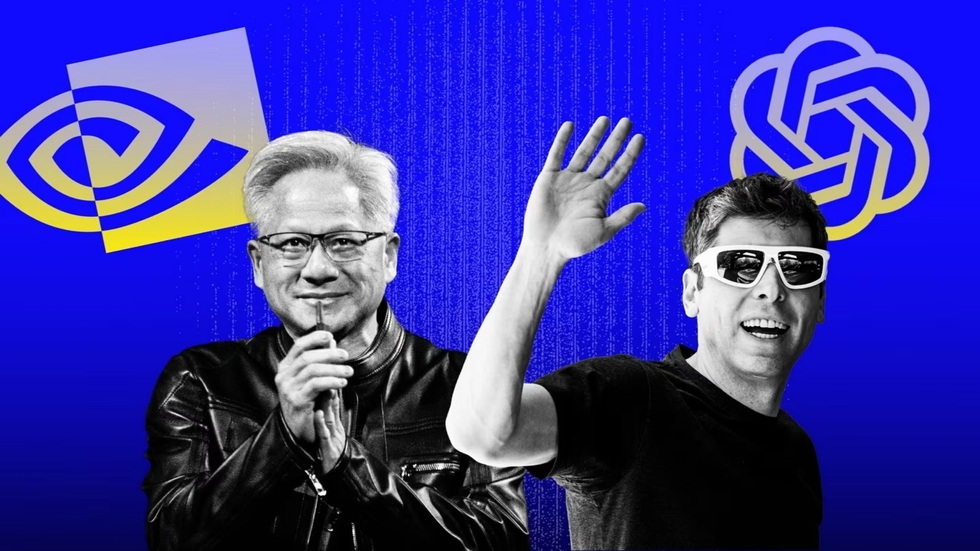
OpenAI is the main driving force behind Nvidia's $4.5 trillion milestone with its recently launched $500 billion Stargate mega-project (Photo: FT).
The Foundation of an Empire: From Gaming to the Brain of AI
To understand Nvidia's current dominance, it's important to look back over nearly three decades. Founded in 1993 by Jensen Huang, Chris Malachowsky, and Curtis Priem with a meager $40,000, Nvidia initially focused on the 3D graphics market for gamers. The first breakthrough came in 1999 with the launch of the GeForce 256, dubbed "the world's first GPU," which defined a whole new product category.
However, the genius decision that laid the foundation for the AI empire later came in 2006. That was the birth of CUDA (Compute Unified Device Architecture). This is a programming platform that allows developers to exploit the massive parallel processing power of GPUs for general-purpose computing tasks, beyond the graphics framework.
At the time, few realized its importance. But as the deep learning revolution took off in the 2010s, researchers realized that the GPU architecture, designed to process thousands of graphics operations in parallel, was surprisingly perfect for training AI models. CUDA was a decade ahead of its time, creating a software ecosystem that competitors couldn’t replicate. Programmers, data scientists, and AI companies built entire tools on it.
This strategic shift is clearly reflected in Nvidia’s revenue structure. In fiscal 2025, total revenue reached $130.5 billion, of which the Compute & Networking segment (mainly AI data centers) accounted for $116.1 billion, equivalent to 89%. Gaming, once a mainstay, now accounts for less than 9%. Nvidia has completed the transformation from a gaming company to an AI infrastructure giant. Successive generations of chips from Pascal, Volta, Ampere, Hopper, and now Blackwell with its AI-specific Tensor Cores have continuously consolidated their undisputed leadership.
Jensen Huang's Vision: The AI Factory and the Trillion-Dollar Economy
At Computex 2025, CEO Jensen Huang painted an even grander vision. He wasn't talking about chips, but about a new industrial revolution.
“Electricity, the internet, and now AI are ready to spread around the world,” Huang declared. “AI is no longer just a technology, it’s an infrastructure that needs factories to run it. In fact, AI data centers are AI factories. You power them, and they create something incredibly valuable, which we call tokens.”
This metaphor has completely reshaped the way the industry is viewed. Data centers are no longer passive storage places for information, but factories that produce intelligence – the new currency of the digital economy. In Huang’s vision, the future will not stop at generative AI. It will move to Agent AI – AI that can understand, think and act – and Physical AI – AI that can interact with the real world through robots.
To make that happen, Nvidia doesn't just sell hardware, they build a comprehensive ecosystem:
Hardware: From the DGX Spark personal supercomputer to next-generation Blackwell Ultra and Vera Rubin architectures.
Network: NVLink Fusion and Spectrum-X technology break down traditional bottlenecks, enabling unprecedented scale systems.
Software and platforms: CUDA-X ecosystem, Omniverse platform for creating "digital twins", and platform models like Isaac GR00T for robotics.
Nvidia is building an entire toolchain so that countries and companies can build their own “AI factories.” The project, in partnership with Foxconn and the Taiwanese government, to build an AI supercomputer right here is the clearest demonstration of this strategy.

At Computex 2025, Nvidia CEO Jensen Huang called AI the new infrastructure: AI factories that turn energy into massive digital value (Photo: NVIDIA).
Unique position and challenges ahead
Nvidia’s $4.5 trillion valuation isn’t a bubble, it’s the market’s valuation of a virtual monopoly on the most important asset of the 21st century: AI computing power. Investors believe the game is only in the first half. As AI becomes more deeply integrated into every industry, from healthcare and finance to manufacturing and self-driving cars, demand for infrastructure will explode even further.
But no empire lasts forever without challengers. Competition, though still distant, is heating up. AMD and Intel are trying to catch up. Nvidia’s biggest customers, Google, Amazon, and Microsoft, are also developing their own AI chips to reduce their dependence.
Nvidia’s biggest advantage, though, isn’t just its superior hardware, but its deeply entrenched CUDA software ecosystem that has been around for nearly two decades. Switching away from CUDA is an incredibly expensive and complex undertaking, creating a huge barrier to entry.
The big question isn’t whether the AI trend will continue, but how long Nvidia can maintain its technological and market dominance. The journey to $4.5 trillion was a feat in itself. But in the ever-changing world of technology, defending the crown will be an even bigger challenge.
Right now, the Nvidia machine is running at full speed, not just making chips, but laying the foundation for the entire future economy.
Source: https://dantri.com.vn/kinh-doanh/nvidia-co-may-4500-ty-usd-kien-tao-ha-tang-cho-nen-kinh-te-ai-20251002110124968.htm





![[Photo] Prime Minister Pham Minh Chinh chairs the Conference to deploy the National Target Program on Drug Prevention and Control until 2030](https://vphoto.vietnam.vn/thumb/1200x675/vietnam/resource/IMAGE/2025/10/09/1759990393779_dsc-0495-jpg.webp)

![[Photo] Prime Minister Pham Minh Chinh chairs a meeting of the Government Standing Committee on overcoming the consequences of natural disasters after storm No. 11](https://vphoto.vietnam.vn/thumb/1200x675/vietnam/resource/IMAGE/2025/10/09/1759997894015_dsc-0591-jpg.webp)

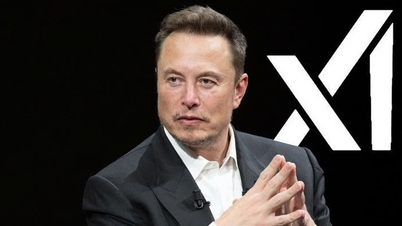

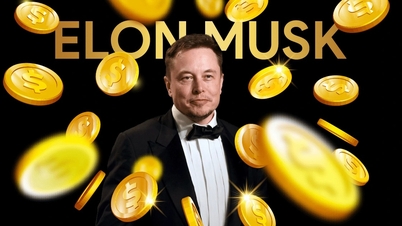



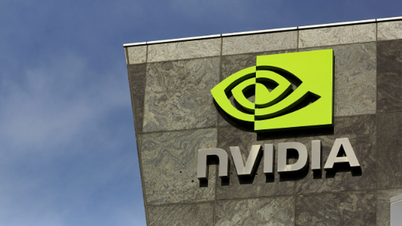







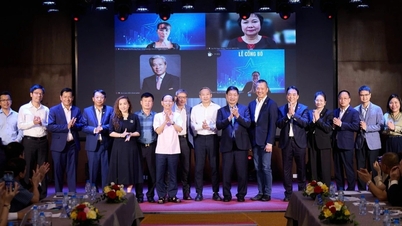







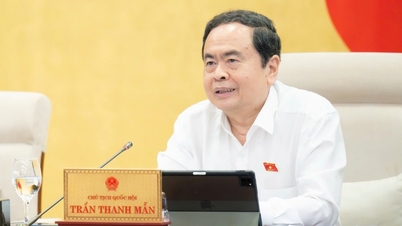









































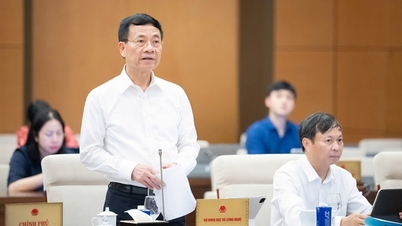




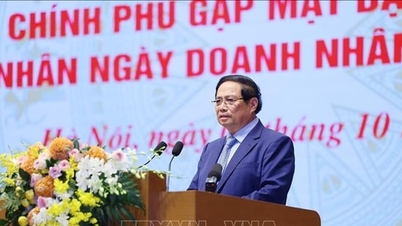





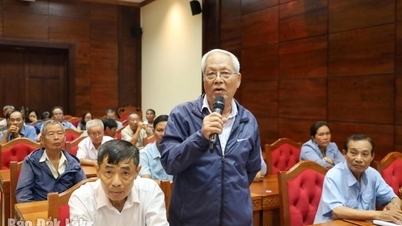

















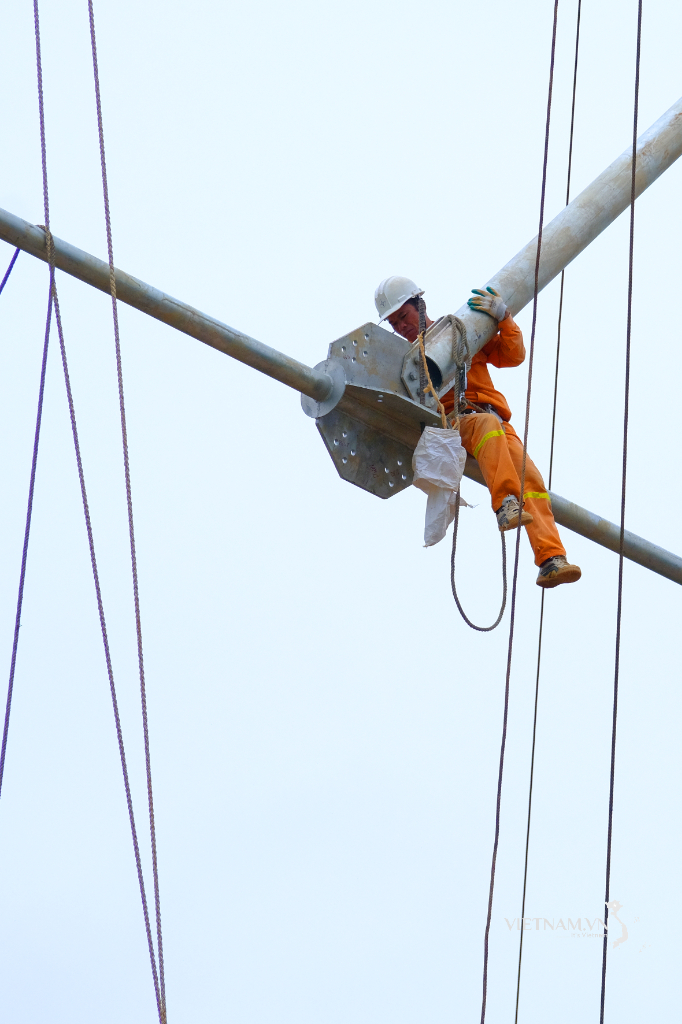
Comment (0)